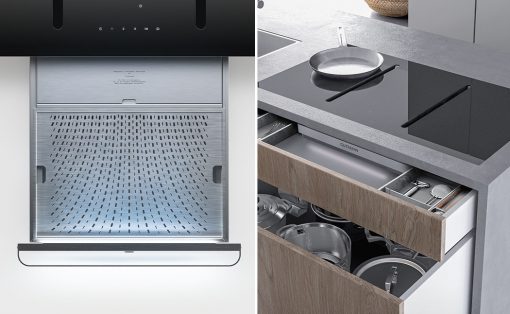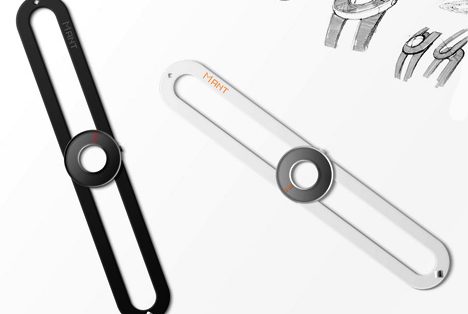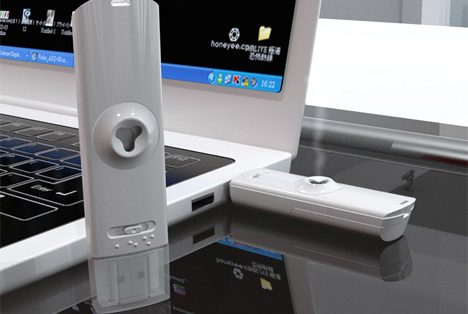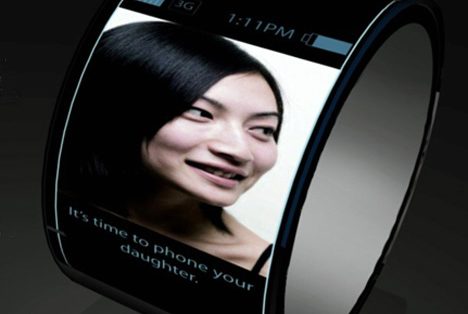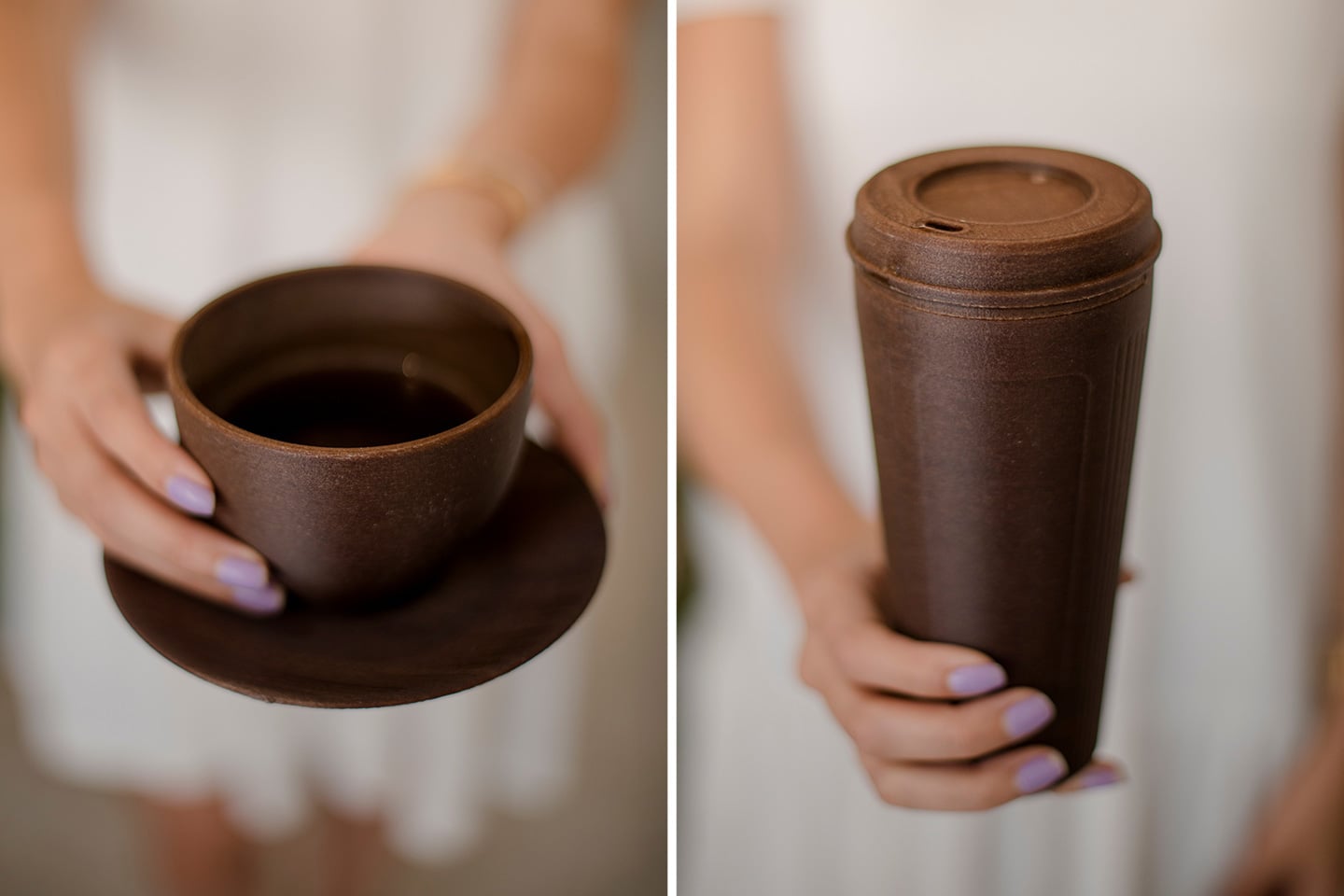
Our unhealthy practices and way of living are truly harmful to the environment and have been slowly leading to its deterioration. And the world has been changing (for the worse) because of this. Hence, it is extremely important to live sustainably and consciously and to take care of the environment. Integrating sustainability into our day-to-day lives has become crucial! And we can do this in various ways. Designers and creators are coming up with sustainable alternatives for almost everything! Every product that is necessary and utilized by us in our everyday routine has an eco-friendly alternative to it. Replacing our usual mass-produced designs with these greener options will make a huge difference to the environment and Mother Earth! From sustainable textile dyes created from recycled seaweed waste to sustainable eco plates – we’ve curated a whole collection of sustainable product designs to help you go green!
1. The Kreis Cup
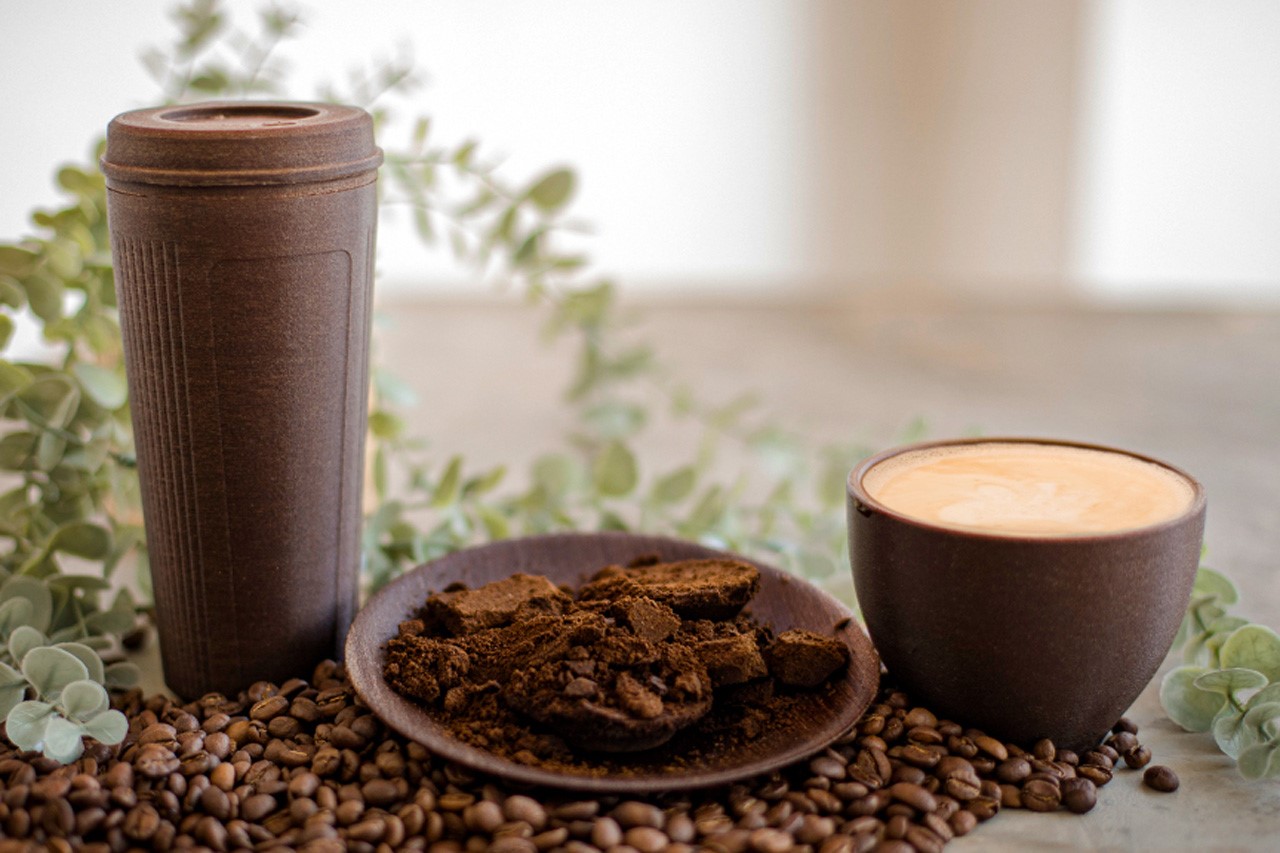
Meet the Kreis Cup, a coffee cup that’s sustainable, durable, and designed to enhance your coffee drinking experience! Available in cup and travel-mug styles, the Kreis Cup is a reusable cup made from used coffee grounds and plant-based materials, free of petroleum-based plastics.
Why is it noteworthy?
It is heat resistant and designed to keep your coffee hot longer. That being said, the Kreis Cup is still ultimately biodegradable, unlike plastic-based to-go mugs you get at your local cafe or the breakable ceramic mugs you use at home. Once it reaches the end of its lifespan, the Kreis Cup disintegrates easily into the soil, leaving absolutely nothing behind.
What we like
- Made from spent coffee grounds that have been dried, treated, and are then suspended in a natural, plant-based polymer
- Has the faint, unmistakable scent of coffee
What we dislike
- No complaints!
2. Thames Glass


Glassmaking is one of those industries that use a lot of highly processed and sometimes unsustainable materials so finding an alternative to all of this is a priority for some. A group of architects based in London and a design student looked into finding such an alternative to be used in the glassmaking industry.
Why is it noteworthy?
They discovered that the quagga mussel, a species of freshwater mussels, can actually be used as an ingredient in creating glass tiles. By mixing the quagga mussel shell waste with local sands and waste wood ash, they were able to create a “unique glass recipe” which can theoretically be used in building designs in the future. This new bio-material is named Thames Glass and the initial output using this material are some 3D printed molds with decorative patterns.
What we like
- Quagga mussel shells are usually found clogging up the water pipes in the greater London area. By turning this annoying waste into something useful, not only do you solve the clogging problem but you also create an eco-friendly solution
What we dislike
- No complaints!
3. Piñatex
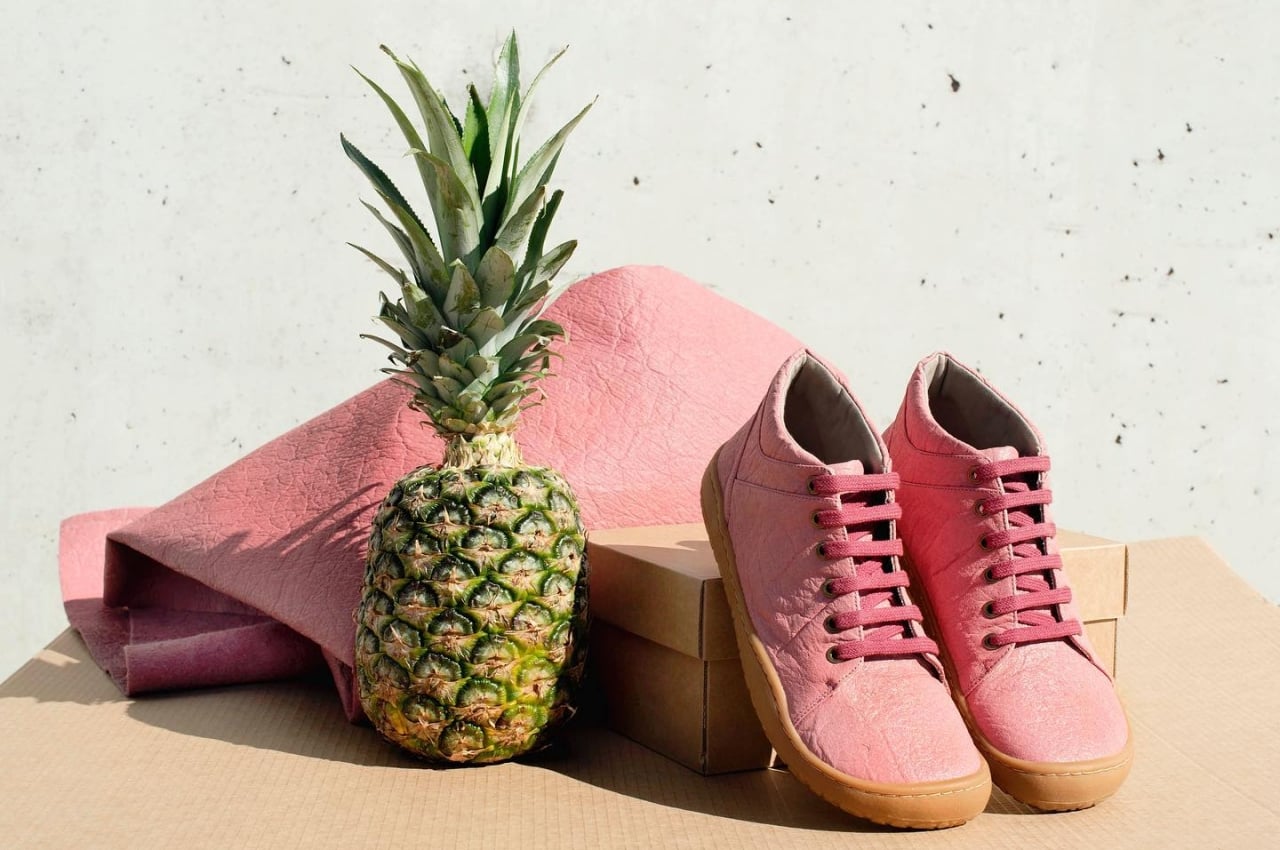
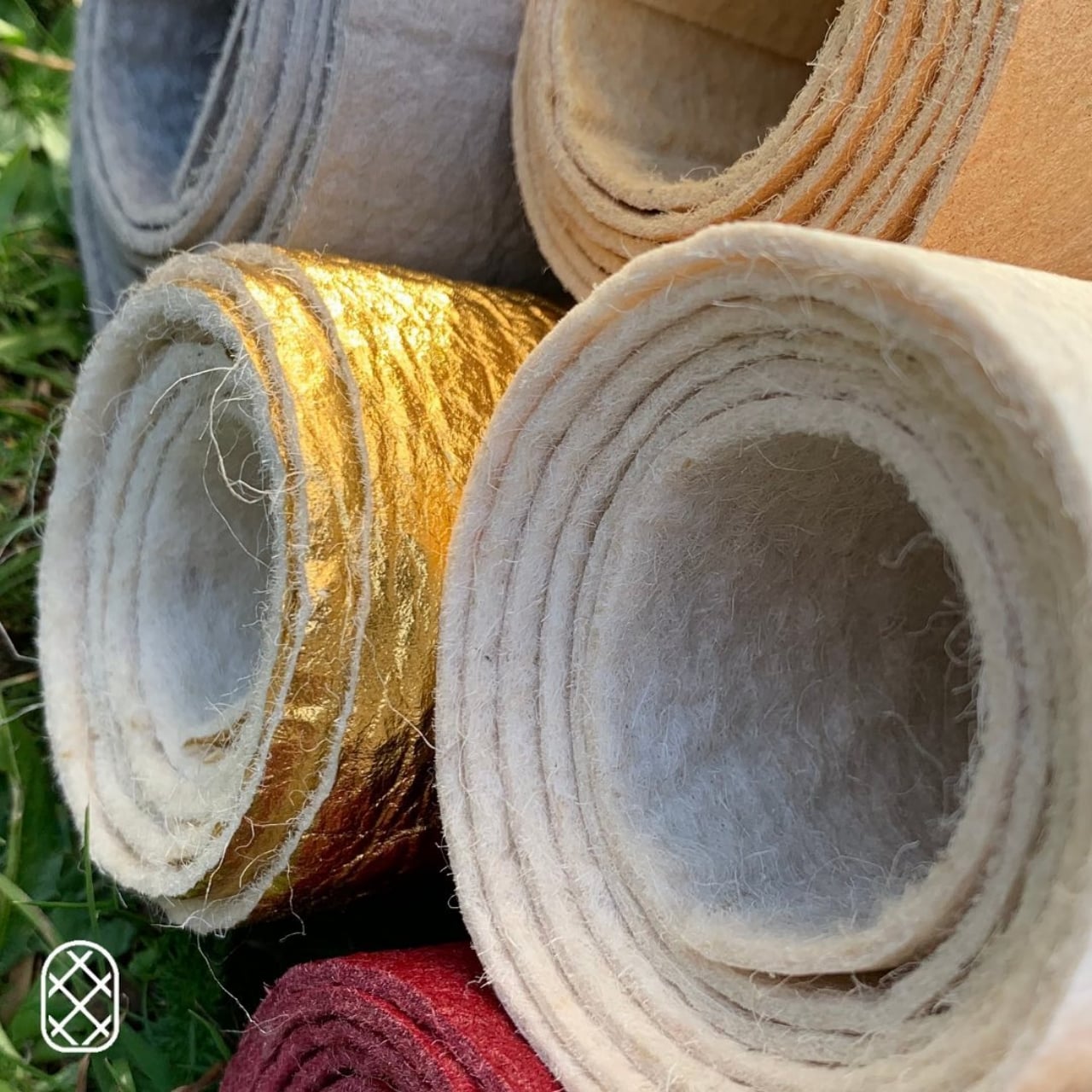
Common synthetic leather alternatives don’t really solve the overall problem with leather. While they do mean that fewer animals are killed in the process, the chemicals and processes involved in making them are just as harmful to the planet as traditional leather tanning. That is why many designers and some companies have turned their eyes toward Nature’s natural fibers for inspiration, but using plant-based materials isn’t as easy as it sounds. That’s what makes Piñatex quite the innovation, providing a leather alternative that’s close to the original in quality while also supporting a truly circular economy.
Why is it noteworthy?
Pineapple leaves are the natural byproducts of harvesting these tropical fruits, but there is very little use for them. This waste is simply gathered and left to decompose, though most farms actually just burn them. Unsurprisingly, that action results in the release of large volumes of carbon dioxide into the atmosphere, worsening the greenhouse effect on the planet. Piñatex uses the ignored potential of pineapple leaves to produce something that you probably would have never thought came from discarded leaves.
What we like
- Unlike most plant-based textiles, Piñatex is non-woven in order to provide the same texture as leather
- The materials are not only biodegradable but also helps pineapple farmer tap an additional source of income
What we dislike
- No complaints!
4. HUG
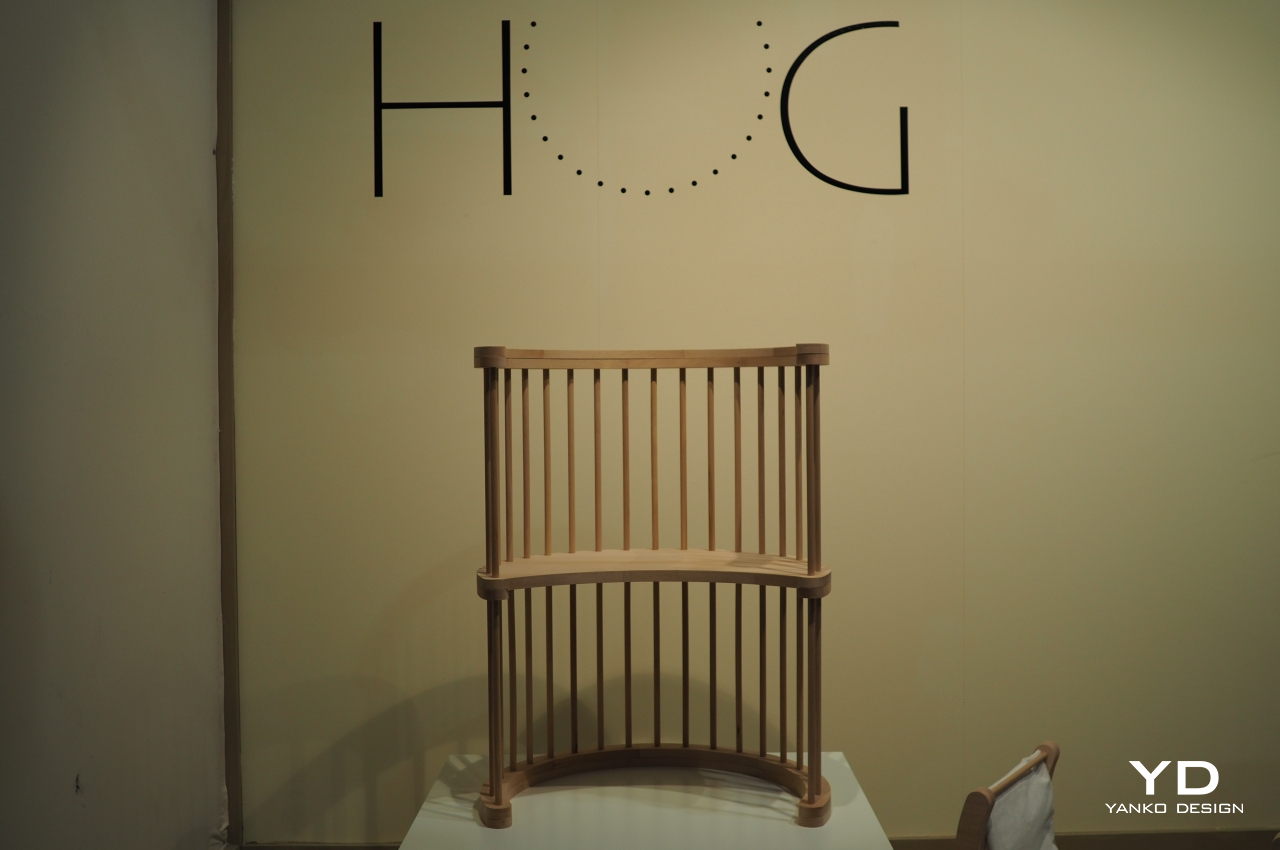

Unlike money, wood does go on trees, trees that need to be cut down in order to become the literal building blocks of furniture and other products. Those trees need to be replanted, of course, but there’s also the matter of pieces of wood that are wasted and thrown away. Plastic and metal aren’t the only things that can be recycled, and HUG tries to do the same for discarded wood that can then be used to create other pieces of wooden furniture.
Why is it noteworthy?
Using wood, a biodegradable and more sustainable material compared to plastic doesn’t mean that there will be nothing wasted. While pieces of scrap wood do eventually decompose or can be used for smaller items, they’re still considered wasted materials and wasted potential. Pieces of plastic can sometimes be broken down and recycled into other compounds, and cutoffs can be used to make other textiles. Scrap wood, likewise, can become the foundations for other products, like furniture built from the building blocks of Progetto or “Project” HUG.
What we like
- Can be assembled in different ways to create different pieces of furniture
- You can even reassemble them as your needs change over time
What we dislike
- No complaints!
5. Zeefier’s sustainable textile dyes
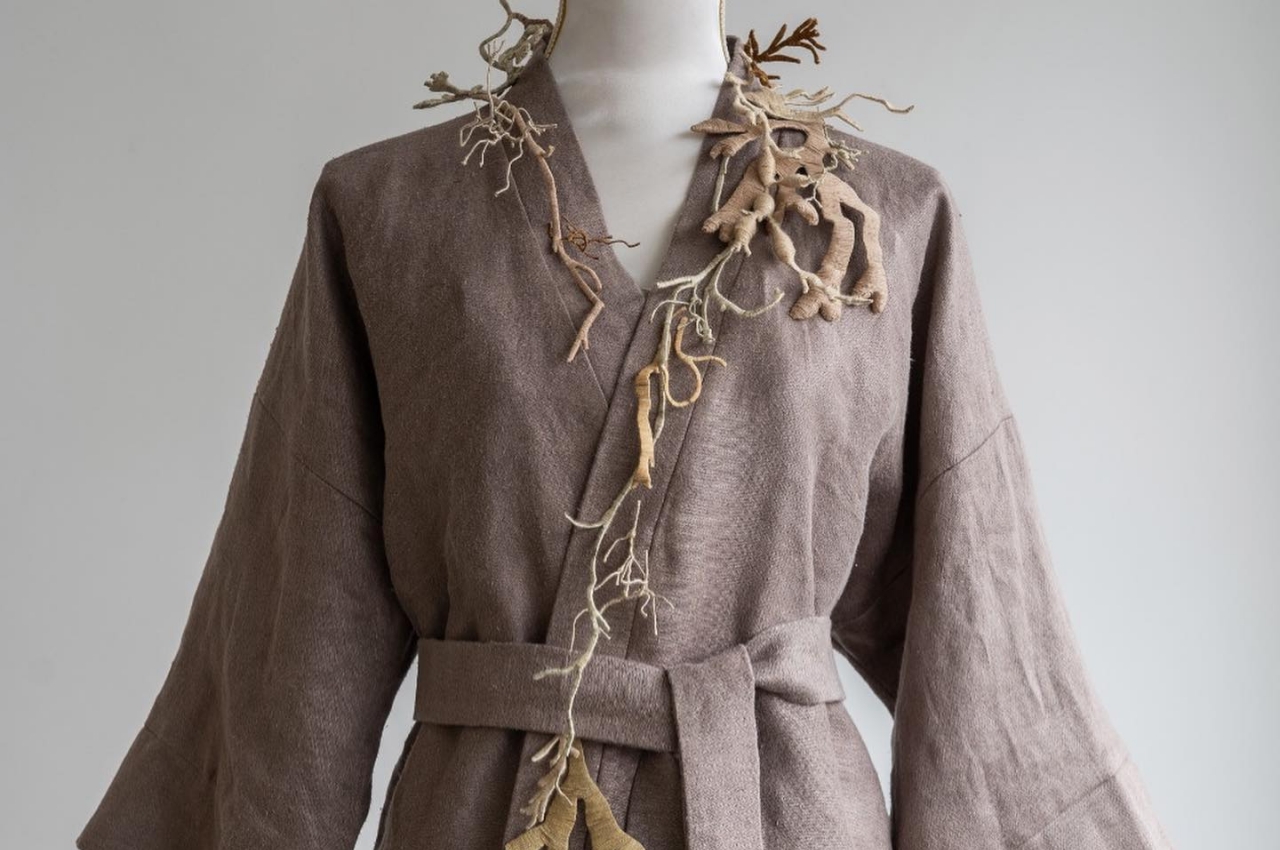
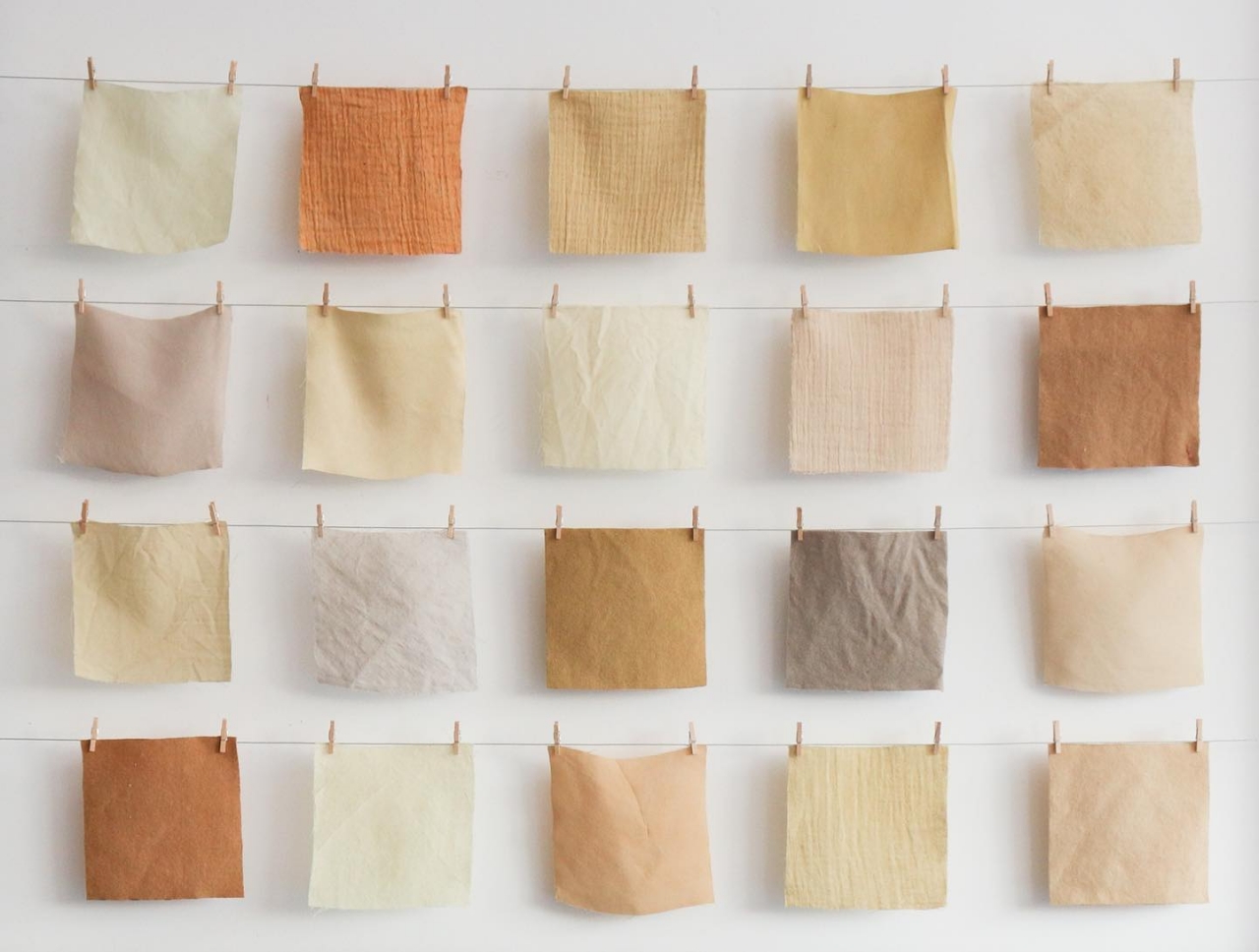
Despite its almost pejorative name, people have started to recognize the benefits of seaweed, at least beyond just an ingredient for food. True to its name, it is almost too easy to grow seaweed without the need for freshwater or agricultural land. And like any other plant, it purifies CO2 and produces life-sustaining oxygen.
Why is it noteworthy?
The startup Zeefier is trying to fight two battles on different fronts. On the one hand, it is trying to promote the use of seaweed to solve many of the sustainability problems of the fashion industry, particularly in the use of synthetic dyes. On the other hand, it is also trying to avoid pushing “seagricultural” practices that could also harm the environment in other ways. So instead, the seaweed they are using for their 100% natural dyes is collected from food and cosmetic wastes, enabling a more circular economy that reduces the risk of growing or harvesting seaweed too much.
What we like
- Created from recycled seaweed waste
What we dislike
- No complaints!
6. Plastplan
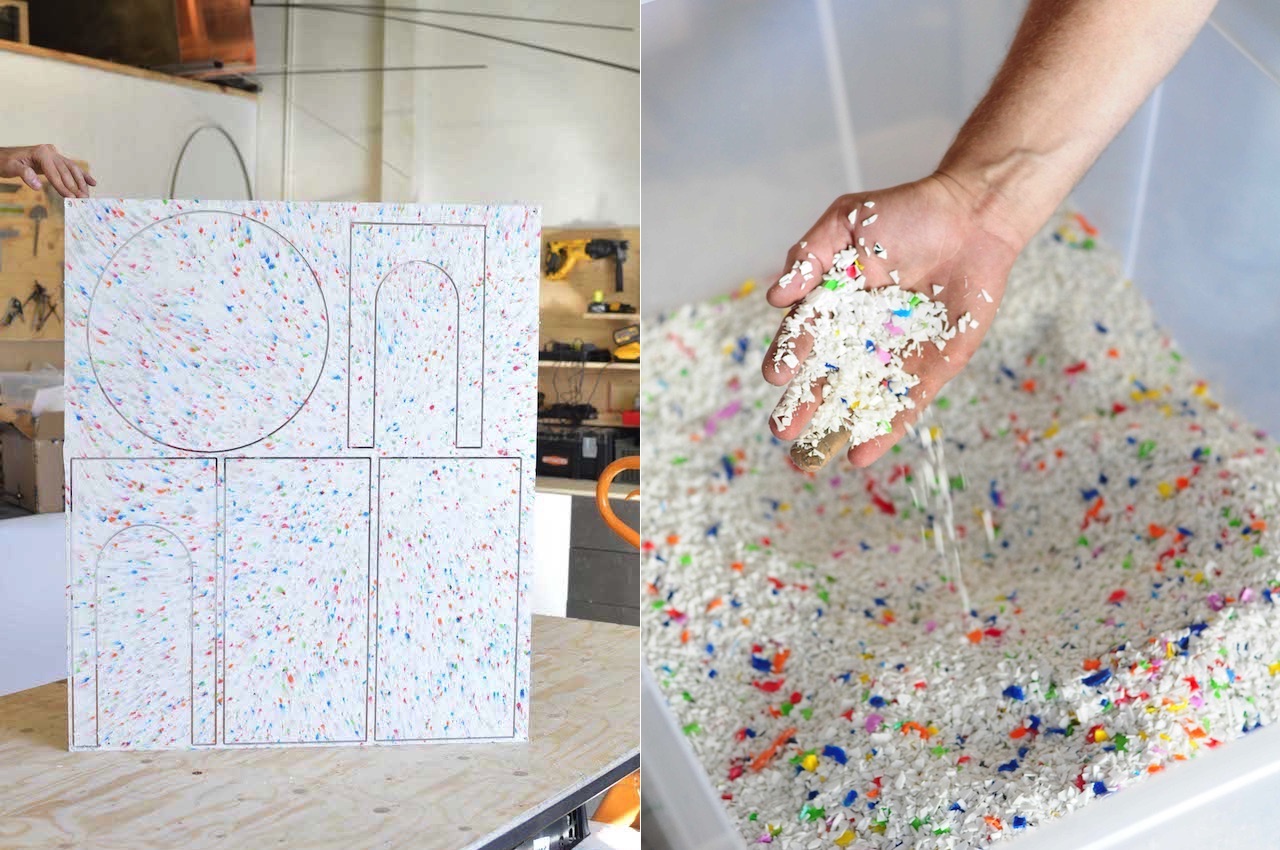
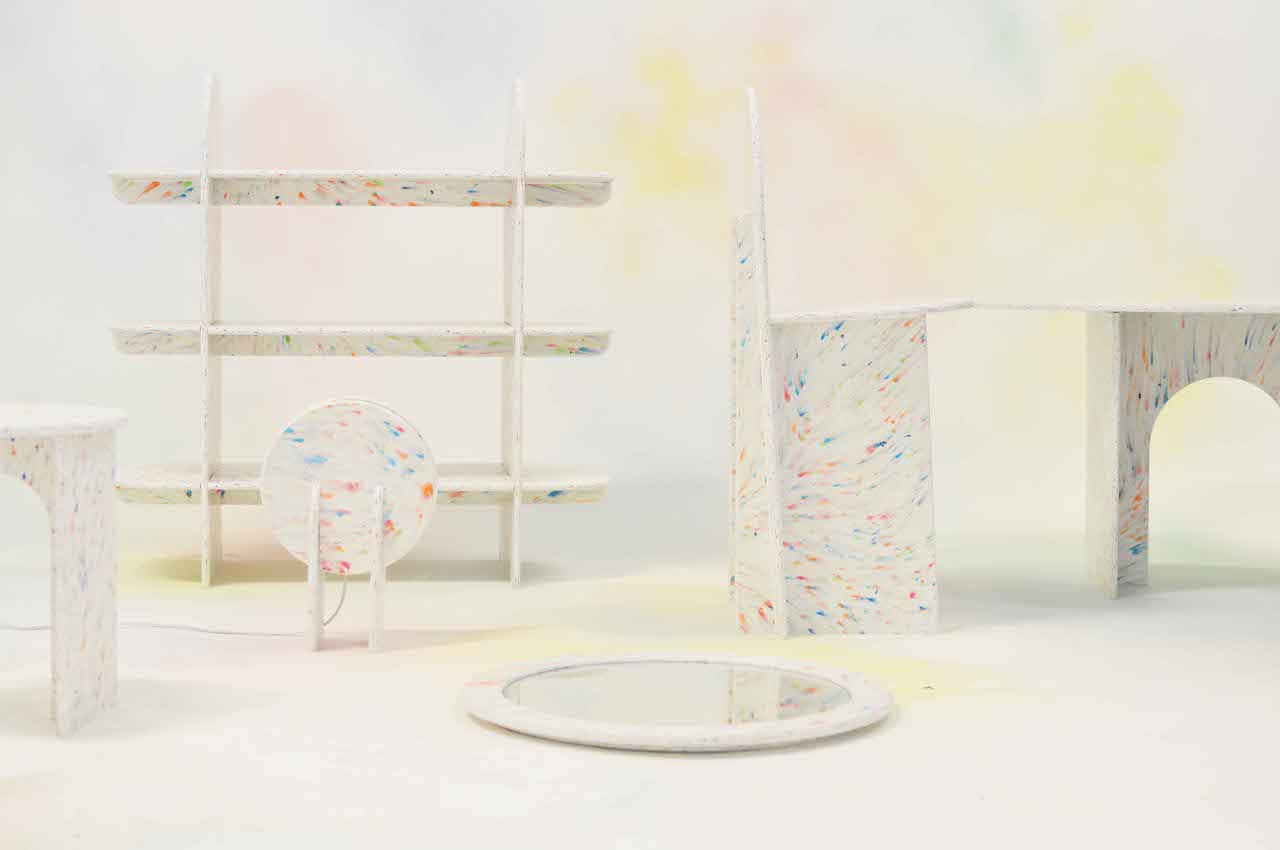
The design studio based in Iceland aims to help make a sustainable planet by resolving society’s excessive use of plastic. It may not achieve the ultimate solution but every little effort matters when it comes to the planet’s future. With the idea that recycled plastic has potential, Plasplan combines the concepts of product designers Björn Steinar and Brynjólfur. With the latter’s background in mechanical engineering and computer science, the pair can work on a collection of household goods and furniture items made solely made from recycled plastic.
Why is it noteworthy?
Initially, Plastplan was formed as the founders wanted to start an educational platform where plastic is discussed. It’s not just about the proper use or disposal of plastic. It’s about making it go full circle, as per Björn Steinar. The circular economy of plastics starts with shredded plastic and then transforms into real objects. The series includes a wall shelf, chair, stool, mirror, coffee table, table lamp, and flower vases.
What we like
- The studio also has developed its own industrial 3D printer that allows them to print large-scale items without spending on molds
What we dislike
- No complaints!
7. Solgaard Solarbank Boombox
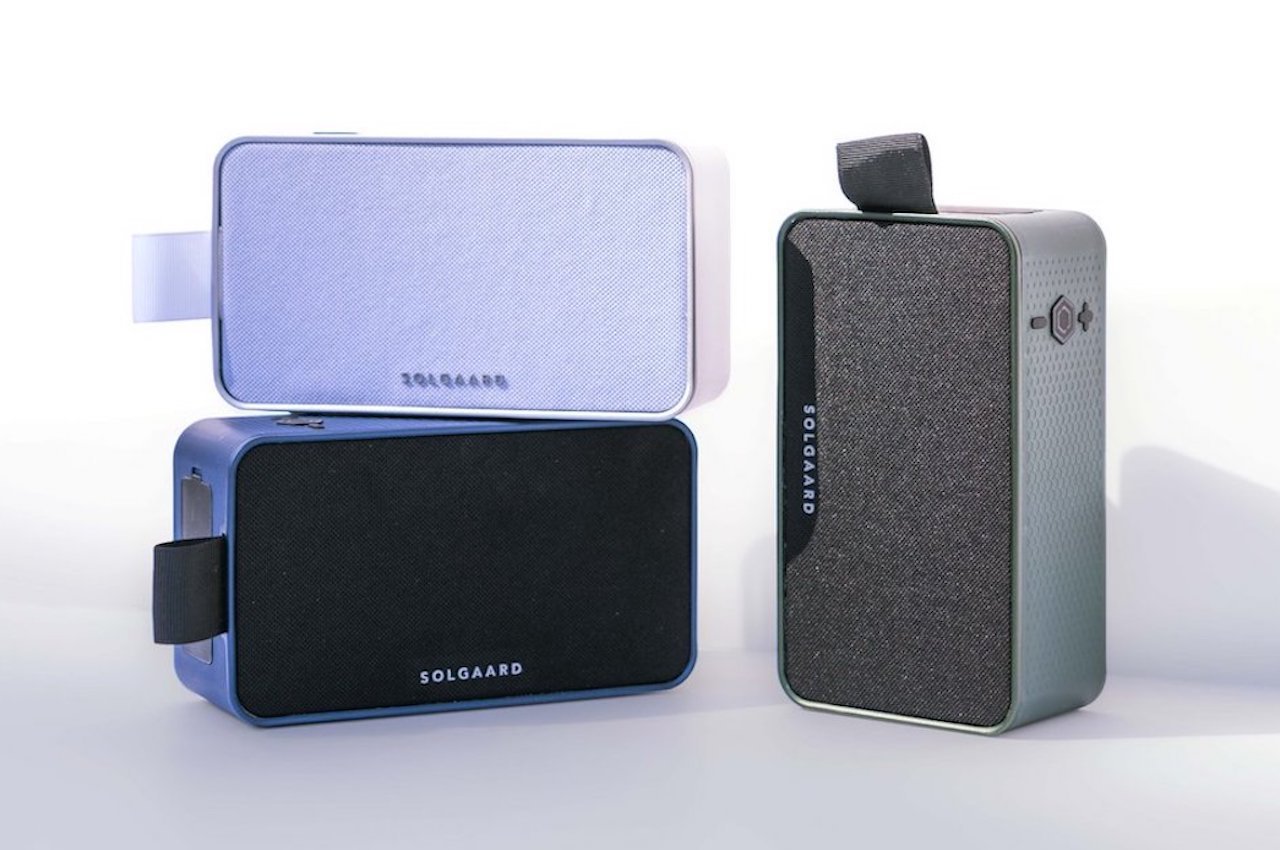
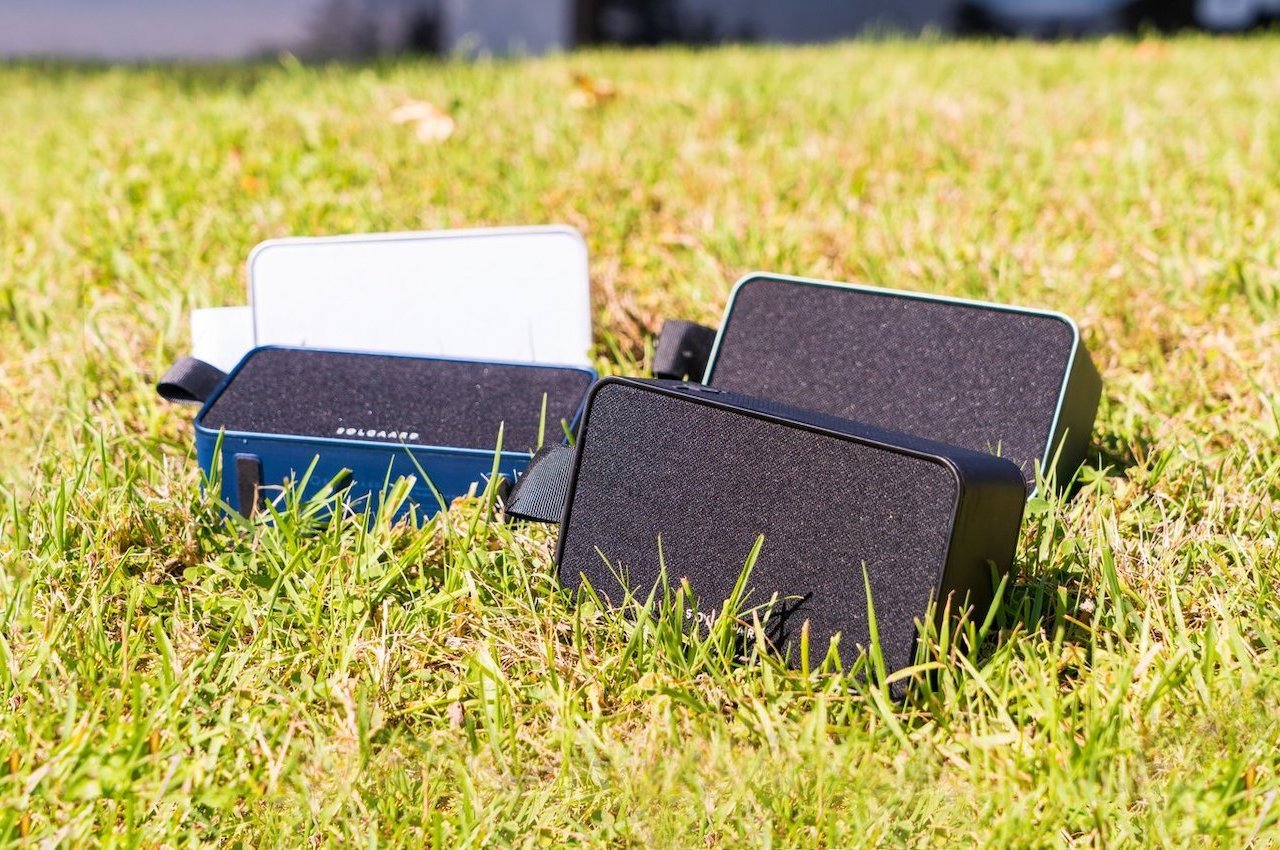
Finding a decent Bluetooth speaker may be easy because there are many options. But getting the best or the most affordable one isn’t always the goal. The aim now is to make “greener” choices for the future of the planet. For this reason, the new Solgaard Solarbank Boombox portable speaker enters the market with a sustainable design.
Why is it noteworthy?
The upcycled plastic design refers to speaker cloth and outer shell from plastic waste. These are waste materials but had been upcycled and used instead. This process is part of the brand’s initiative to pull about 5lbs of plastic for every product sold.
What we like
- The Solgaard Solarbank Boombox lets you enjoy music while the battery harnesses the power of the sun
- The Solarbank Boombox is also now sand-proof, water-proof, and drop-proof
What we dislike
- No complaints!
8. KNORK Eco Party Plate
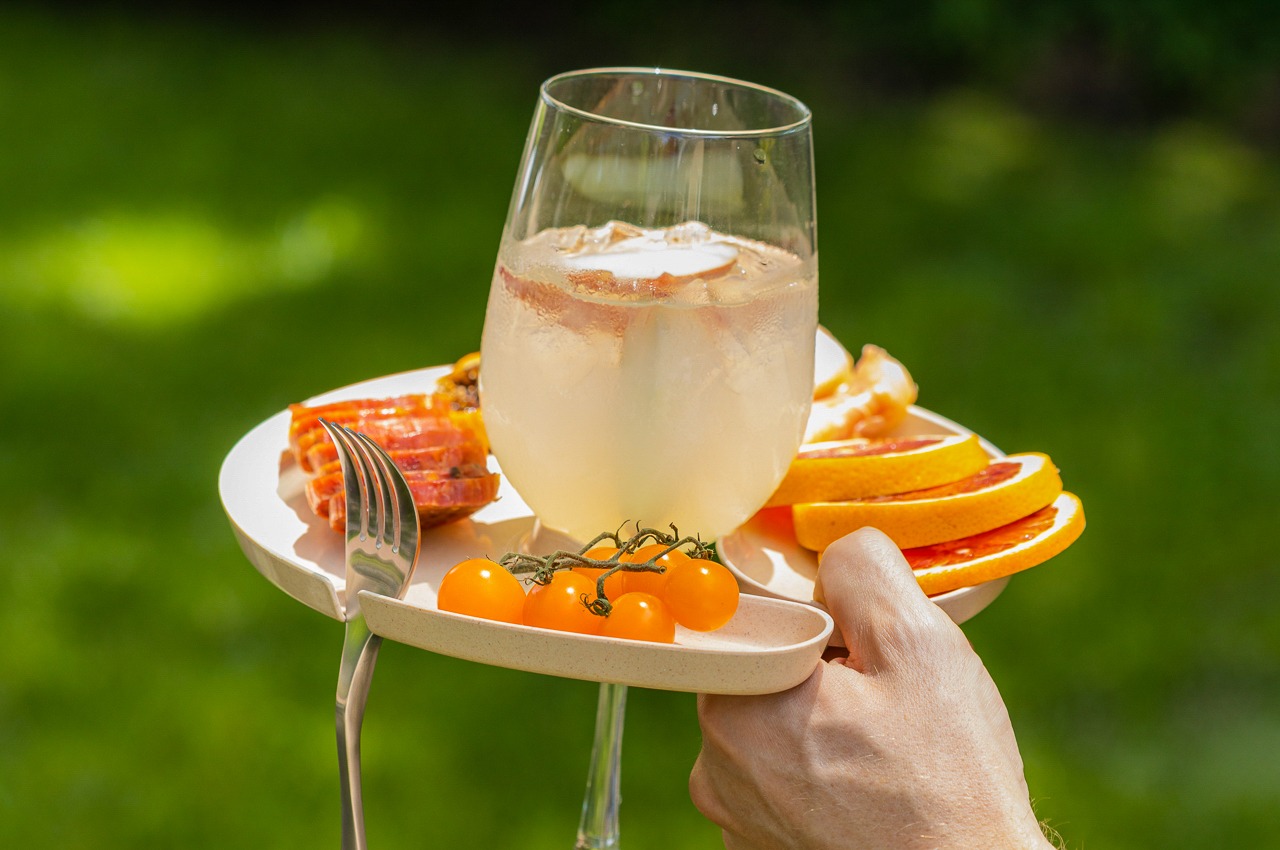
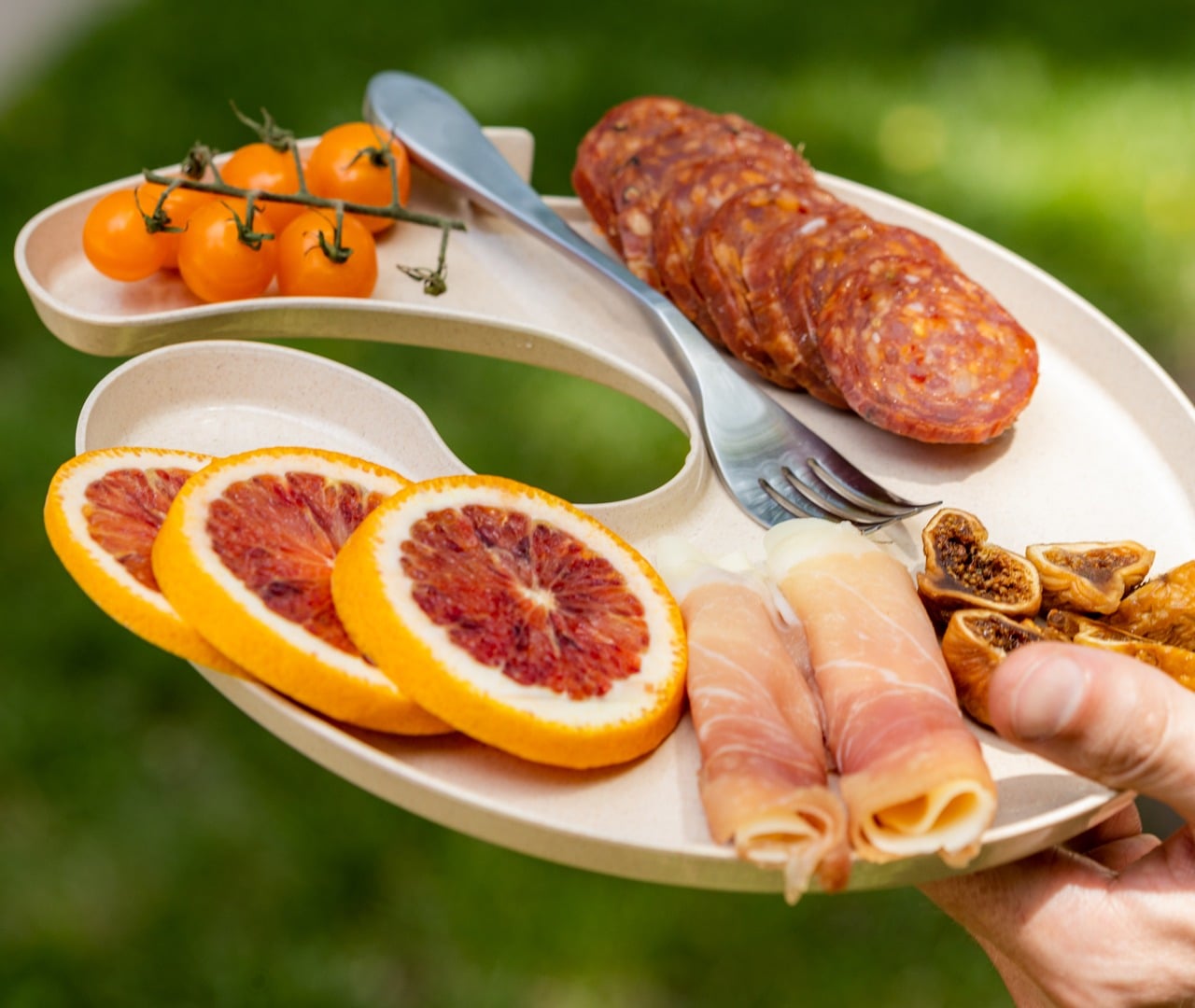
Sustainable entertaining is slowly becoming a thing, at least, for those people who are eco-conscious and willing to care more for Mother Earth. The KNORK Eco line continues to deliver genius design and epic functionality with another useful product that goes well with the Knork eco cutlery introduced a few years ago. Sustainable living starts when you make sustainable choices no matter how small or trivial they might seem—and this KNORK Eco Party Plate is another step in that direction.
Why is it noteworthy?
The KNORK team can help by giving us “greener” choices. From the same company that delivered the bamboo-based KNORK Eco plastic cutlery, here comes the KNORK Eco Party Plate. The new product works with the KNORK Eco forks and the Knork stainless steel forks. As with the previous products, the eco plate offers more than just a cool design aesthetic.
What we like
- Reusable and compostable
- Made from bamboo and sugarcane offcuts
What we dislike
- No complaints!
9. The Titan SnapStand system
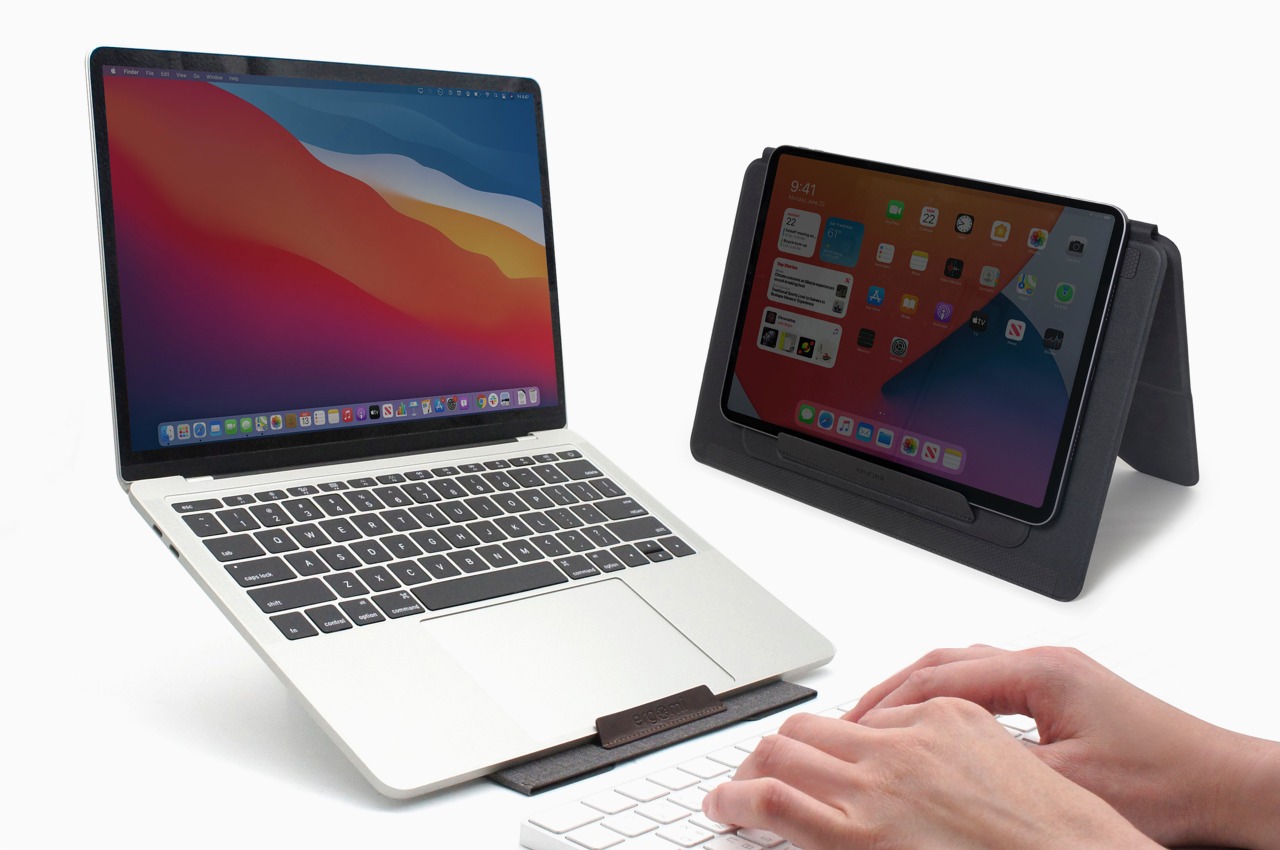
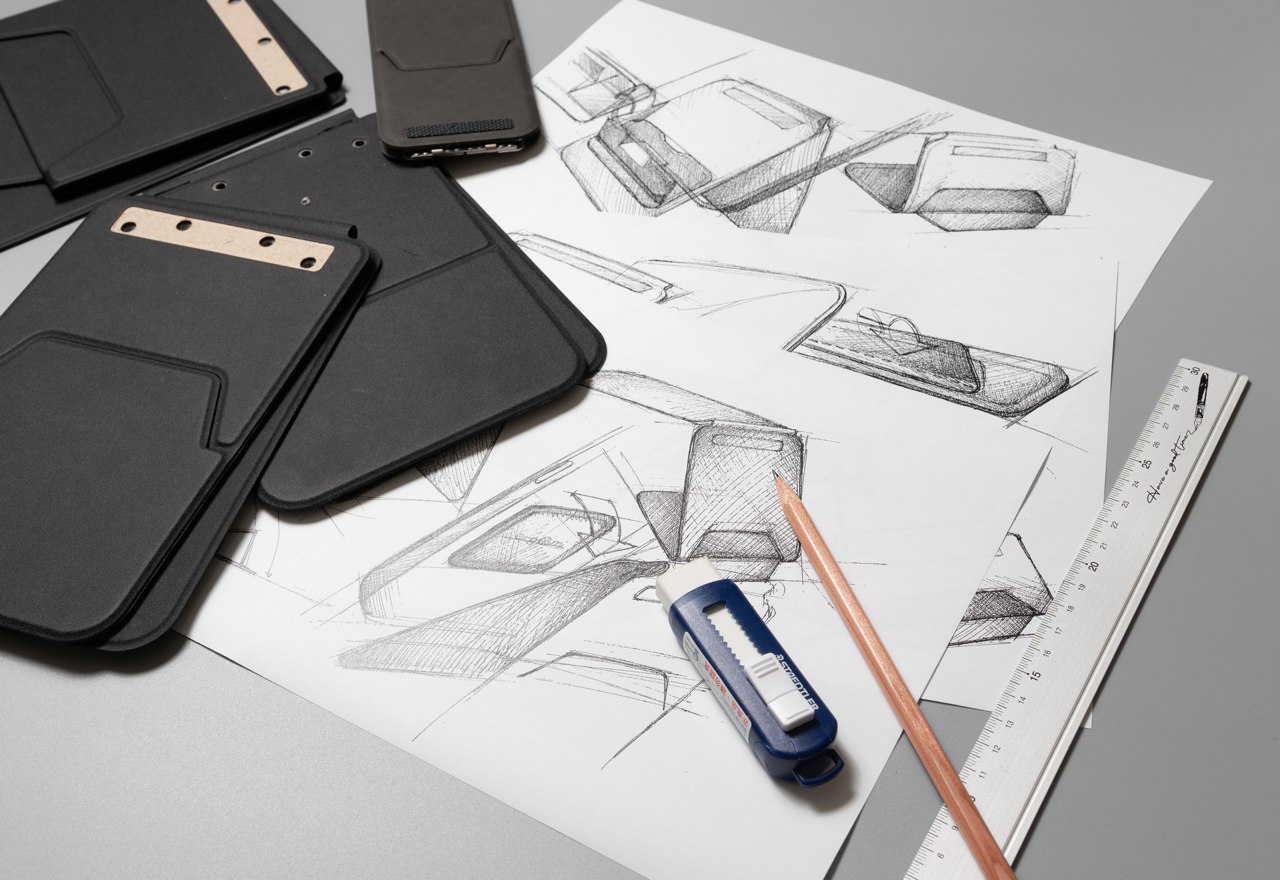
It seems almost impossible for one stand to be able to check off all the right boxes while catering to all kinds of devices, but that’s exactly the kind of miracle that the Titan SnapStand system is putting on the table, figuratively and literally.
Why is it noteworthy?
It’s lightweight, stable, multi-functional, long-lasting, and even sustainable. And while there isn’t one size to fit them all, you can mix and match to your heart’s content, using the Max laptop stand to hold a tablet and a phone at the same time, for example.
What we like
- The Titan’s stability comes not only from its use of 430 stainless steel on the front and space-grade aluminum on its back
- The stand is so stable that you can set an iPad on it and draw on the tablet without the stand budging even an inch
What we dislike
- No complaints!
10. Kenko
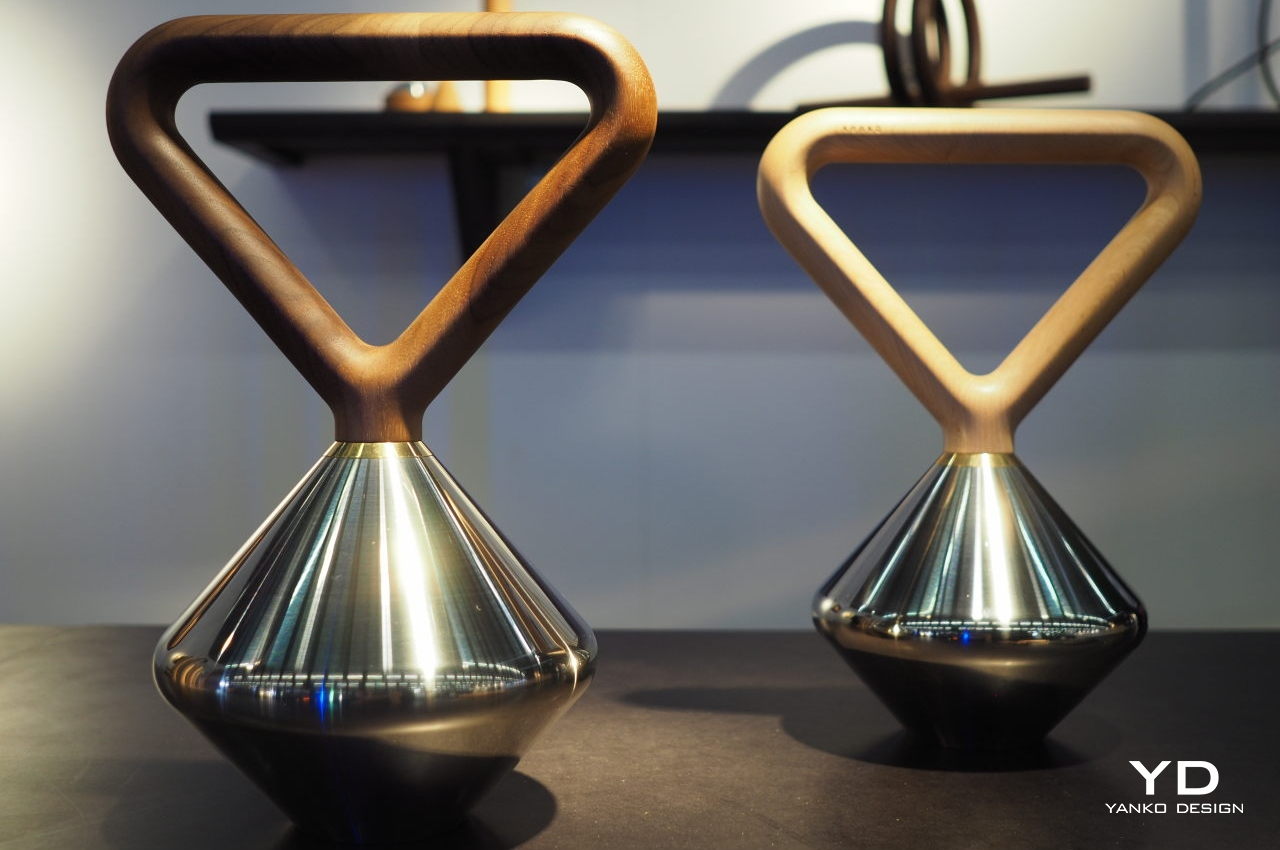
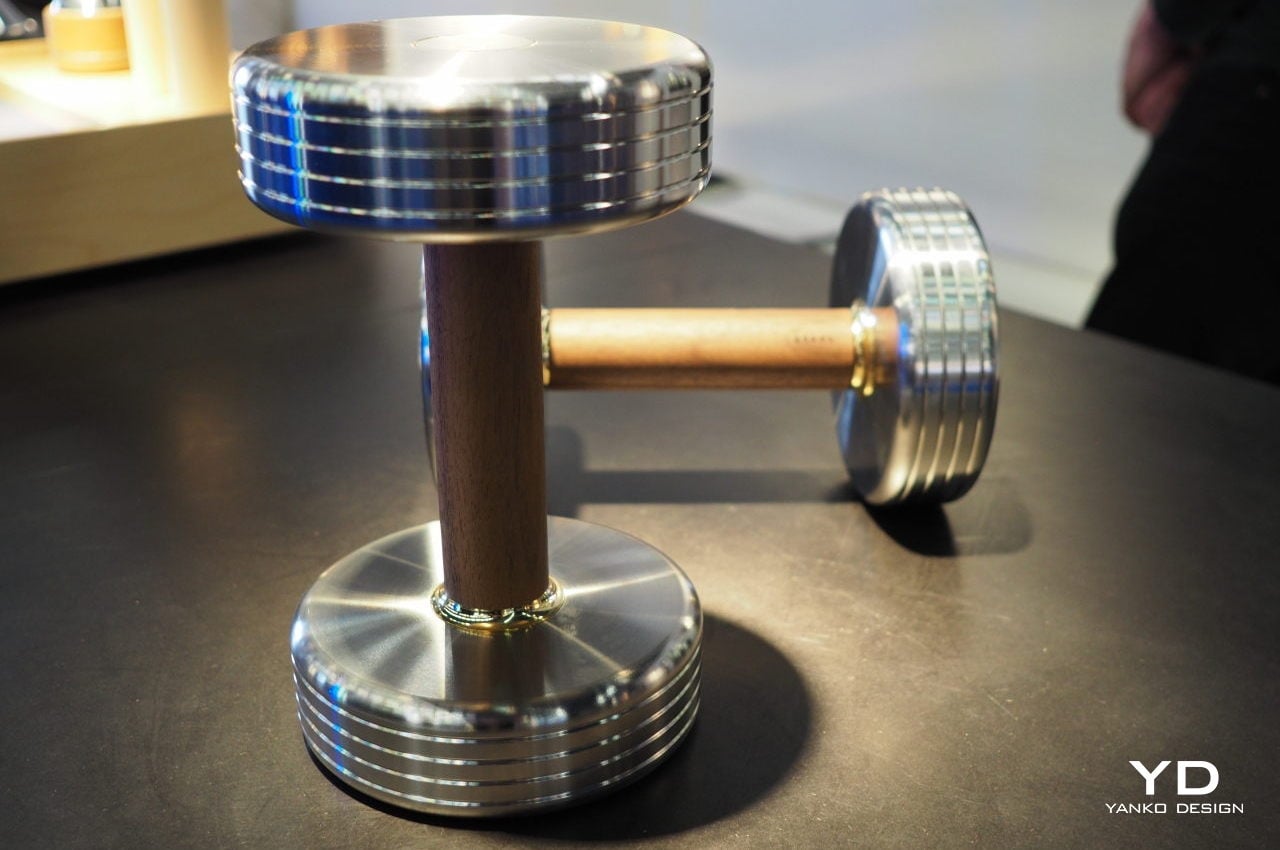
Over at the Maison & Objet fair, we saw a few brands and designers worthy of attention. One name that has stood out is Kenko —a company committed to developing sports equipment for use at home. The idea is to make minimalist versions of the standard fitness equipment using natural materials.
Why is it noteworthy?
Kenko is able to come up with regeneration items that don’t only help you with your health and fitness goals but also fit any home interior. Gym equipment usually looks bland, boring, or industrial, but not with Kenko. The Kenko sports equipment and products mainly boast simple designs and innovative functions. Materials are premium quality, starting with cork and wood, used for geometric shapes that have become the distinguishable trait of Kenko.
What we like
- Look like sculptural pieces that may also function as home decors
- A sustainable alternative to the typical gym equipment available in the market
What we dislike
- No complaints!




